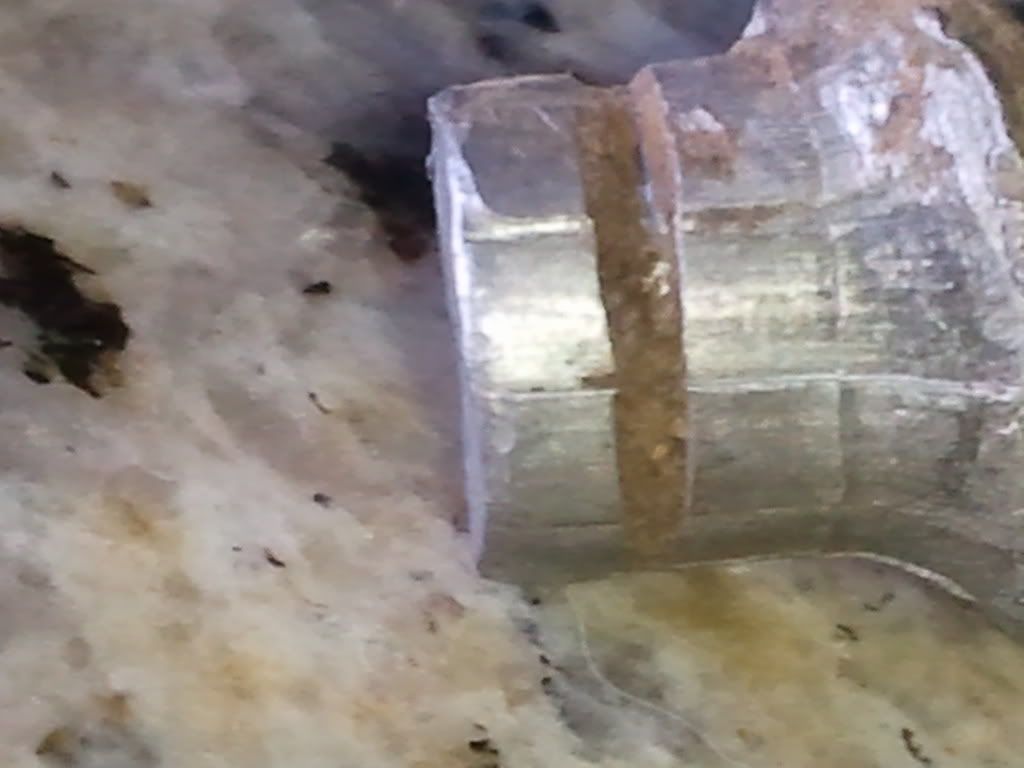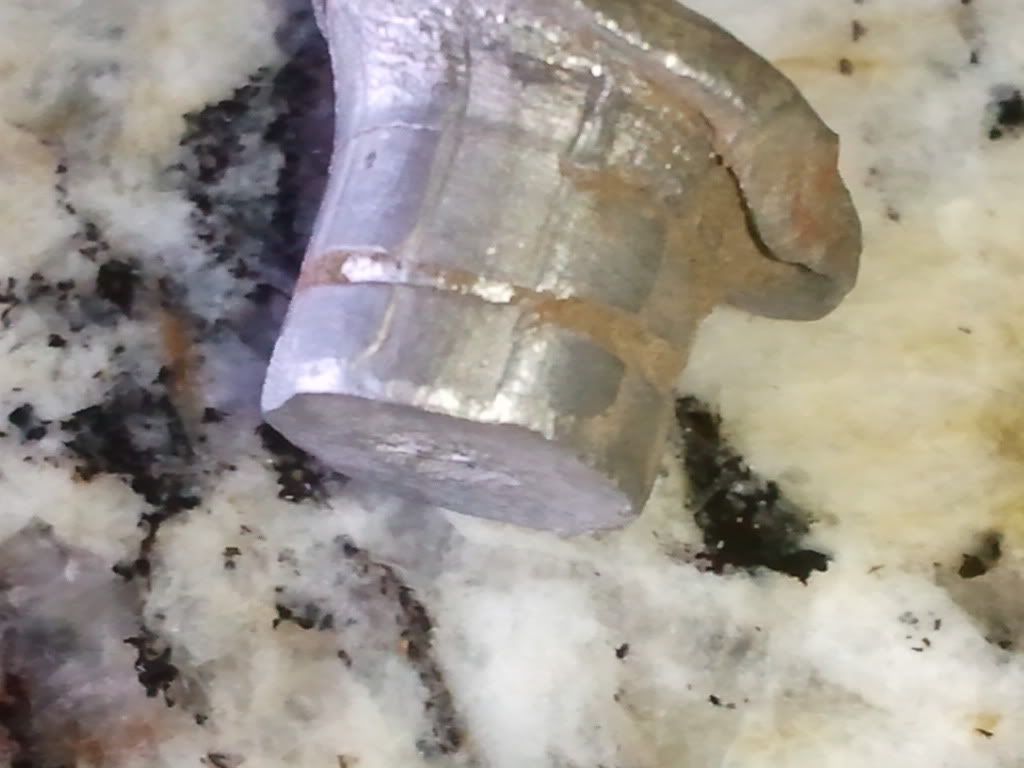I've been shooting a few 412640s out of a Model 57. They are shooting well with no noticeable leading to the barrel (I've only shot about 50 so far). I recovered one from my berm and the boolit looks like a bevel base. I presume it is from gas cutting, as it is a slightly irregular bevel all the way around the boolit base.
Is this normal? Alloy is 50/50 WW/Pb, air cooled with additional tin added. I'll try to upload a photo of the boolit later this evening.
Thanks. Brad

|
   
   
|


|





 Reply With Quote
Reply With Quote



















